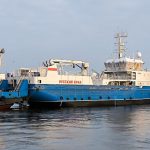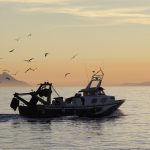State authorities expressed that the fishermen are not scoping up the mountains of fresh oysters, they may snag lumber, a water heater or possibly a television. They manage to avoid the junk as they drag the bottom of Galveston Bay. State official informed that at least 60 percent of the oyster crop has been killed. They blame Hurricane Ike’s surge on Sept. 13 for burying critical shell reefs where oysters have grown for centuries.
Ben Nelson, who at age 70 has operated a large oyster house in Smith Point in southern Chambers County for more than three decades, told that with each passing day more and more oysters are dying. Lisa Halili, owner of another large oyster house in San Leon south of Kemah in Galveston County, agreed. She told that when oysters stay buried so long, they will die. At the same time, she and others in her industry are trying to rebuild after suffering catastrophic damage to their boats, docks and buildings.
There is no doubt that Ike was by far the worst storm on record for the oyster industry in Galveston Bay, expressed Lance Robinson, Texas Parks and Wildlife’s regional director for coastal fisheries. He added that the sediment problem is major but the state is also looking for money to remove the other junk that now litters the bottom of the bay. For instance, the state has identified 301 boats that sank in the bay. The boats range in size from 16-foot pleasure crafts to giant barges.
Lisa Halili, the owner of Prestige Oysters, said her marina is blocked from sunken boats, and even when a boat can reach the reefs, there is no telling what will be found there. One fishing area is covered with all kinds of debris and sand, and another with grass and mud, she said.
Fishermen have seen the destruction to the private oyster reefs since the storm, but did not get a look at the public reefs until Wednesday. Oyster season, which usually starts Nov. 1 and runs through April, began four weeks late.








